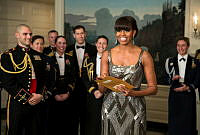Dolley Madison (original) (raw)
Dolley Payne was born on May 20, 1768, the third of Mary Coles and John Payne Jr.’s nine children.1 Dolley was born in Guilford County, North Carolina, where her parents briefly moved to establish a Quaker community before returning to Virginia. Although John Payne owned enslaved people during Dolley’s early childhood, he freed them in 1783. It is unknown where Dolley was educated, but her surviving correspondence demonstrates that she learned to read and write.2
Dolley married her first husband, John Todd, also a Quaker, on January 7, 1790. She gave birth to two sons: John Payne Todd in 1792 and William Temple Todd in 1793. However, shortly after the birth of her second son, a yellow fever epidemic swept through Philadelphia, killing both her husband and youngest son in October 1793.3
In May 1794, New York Senator Aaron Burr introduced Dolley to Representative James Madison of Virginia. Although Madison was seventeen years older than Dolley, they were a good match and the couple married on September 15, 1794.4
They lived in Philadelphia until 1797 when James left the House of Representatives. The Madisons then moved to Montpelier plantation in Virginia, where Dolley managed the estate and enslaved workers. Following Vice President Thomas Jefferson’s election to the presidency in 1800, he asked James to serve as secretary of state, and the Madisons moved to Washington, D.C.5
In the fledgling capital city, Dolley became well known for her hospitality, establishing herself at the center of the Washington social season. She also occasionally hosted events for President Jefferson when his daughters were unavailable.6
When James became president in March 1809, Dolley moved into the White House. She worked closely with architect Benjamin Henry Latrobe on the home’s interiors. They sourced Greek style and American made furnishings and artwork, creating a sitting room in the location of today’s Red Room and a drawing room in the place of today’s Blue Room. These rooms appealed to American tastes and added sophistication to the White House, impressing visitors. Renowned for her social skills, Dolley excelled as White House hostess, presiding over dinners, social events, and her famous Wednesday evening “drawing rooms.” Dolley’s social events helped build early Washington society, while allowing her to wield considerable political influence.7
When British forces invaded Washington and burned the White House on August 24, 1814, Dolley was forced to flee. Before leaving the White House, she famously directed enslaved and free workers to remove the Gilbert Stuart portrait of George Washington and ensured that it was carried away to safety.8 Following the burning, the Madisons moved first to nearby Octagon House and later the Seven Buildings at the intersection of 19th Street and Pennsylvania Avenue, where Dolley continued to host social events.9
When the Madisons left the White House in 1817, they retired to Montpelier. Following James’ death in 1836, Dolley faced significant financial difficulties due to the Panic of 1837, her son’s spending habits, and her lifestyle choices. As a result, she ultimately sold her husband’s political papers to Congress, the Montpelier plantation, and enslaved people. Dolley returned to Washington in 1837, living in her sister Anna Payne Cutts’ former home on Lafayette Square. She died on July 12, 1849, at the age of eighty-one and her funeral was held at St. John’s Episcopal Church.10
Click here to learn more about the enslaved household of the Madison family.
Footnotes & Resources
- Mary gave birth to nine children. However, only eight survived infancy. Catherine Allgor, A Perfect Union: Dolley Madison and the Creation of the American Revolution, (Henry Holt and Company, LLC: New York), 2006, 17-19.
- According to Catherine Allgor, John Payne’s decision to free his enslaved workers in 1783 impacted the family. He likely did so in line with his Quaker beliefs after Virginia made it legally possible to free enslaved people in 1782. Ultimately, without the use of enslaved labor, John could no longer work on his land. As a result, he moved his family to Philadelphia when Dolley was fifteen. Catherine Allgor, A Perfect Union, 17-18; The Selected Letters of Dolley Payne Madison, (Charlottesville, Virginia: University of Virginia Press, 2003; 306.
- Allgor, A Perfect Union, 23-25.
- Allgor, A Perfect Union, 28-33.
- Allgor, A Perfect Union, 39-43.
- Thomas Jefferson was a widower when he became president in 1801. His wife, Martha, died in 1782. As a result, he often had his daughters serve as White House hostess. However, if his daughters were not available, he occasionally had Dolley Madison step in. Catherine Allgor, Dolley Madison: The Problem of National Unity, (Boulder Colorado: Westview Press, 2013), 36-37.
- Allgor, A Perfect Union, 157-161; Michael A. Fazio and Patrick A. Snadon, The Domestic Architecture of Benjamin Henry Latrobe, (Baltimore, Maryland: The Johns Hopkins University Press, 2006), 384; Catherine Allgor, Parlor Politics: In Which the Ladies of Washington Help Build a City and a Government, (Charlottesville, Virginia: University of Virginia Press, 2000), 58-79.
- Paul Jennings, A Colored Man’s Reminiscences of James Madison, (Brooklyn, New York: George C. Beadle, 1865), 15, https://babel.hathitrust.org/....; Elizabeth Dowling Taylor, A Slave in the White House: Paul Jennings and the Madisons, (New York: St. Martin’s Press, 2012), 51.
- Jennings, A Colored Man’s Reminiscences of James Madison, 18; Allgor, A Perfect Union, 329.
- The occasion marked the largest funeral ever held in Washington at that time and government business was cancelled for the day, as members of Congress and the president attended the funeral. Matthew Costello, Paul Jennings: Slave, Freedmen, and White House Memoirist, The White House Historical Association, February 1, 2017, https://www.whitehousehistory....; Allgor, A Perfect Union, 379-380; Allgor, A Perfect Union, 379-380, 398.
You Might Also Like

Collection
The Carter White House 1977 - 1981
On January 20, 1977, Jimmy Carter was inaugurated as the thirty-ninth president of the United States. During his time in the White House (1977–81), President Carter made many decisions guided by his fundamental commitment to peace and democratic values, emphasizing human and civil rights above all else. Putting these ideals into practice, President Carter negotiated the Camp David Accords, secured the release of Am
Collection
The 2024 White House Christmas Ornament
Every year since 1981, the White House Historical Association has had the privilege of designing the Official White House Christmas Ornament. These unique collectibles — honoring individual presidents or specific White House anniversaries — have become part of the holiday tradition for millions of American families. In this collection, explore the history behind our 2024 design and learn more about President Jimmy Carter. Buy the
Collection
The 2023 White House Christmas Ornament
Every year since 1981, the White House Historical Association has had the privilege of designing the Official White House Christmas Ornament. These unique collectibles — honoring individual presidents or specific White House anniversaries — have become part of the holiday tradition for millions of American families. In this collection, explore the history behind our 2023 design and learn more about President Gerald R. Ford. Buy
Podcast
The History of Wine and the White House
Featuring Frederick J. Ryan, author of “Wine and the White House: A History" and member of the White House Historical Association’s National Council on White House History
Podcast
America’s Irish Roots
Featuring Geraldine Byrne Nason, Ambassador of Ireland to the United States
Podcast
Washington National Cathedral & the White House
Featuring Very Reverend Randolph Hollerith and Reverend Canon Jan Naylor Cope
Podcast
Presidential Leadership Lessons
Featuring Talmage Boston
Podcast
Blair House: The President’s Guest House
Featuring The Honorable Capricia Marshall, Ambassador Stuart Holliday, and Matthew Wendel
Podcast
Making the Presidential Seal
Featuring Charles Mugno, Thomas Casciaro, and Michael Craghead


Podcast
Cooking at the White House
Featuring White House Executive Chef Cristeta Comerford-
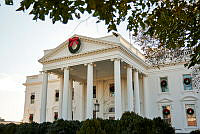
-
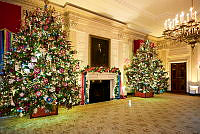
-
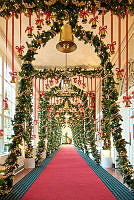
-
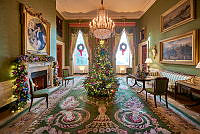
-
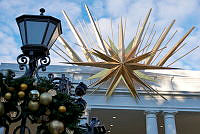
-
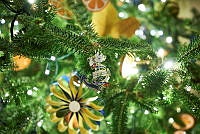
-
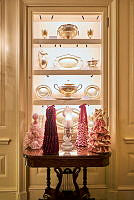
-
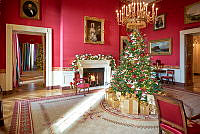
-
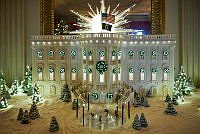
-
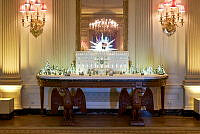
-
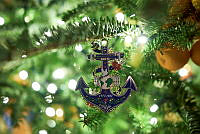
-
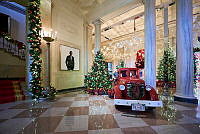
-
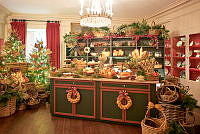
-
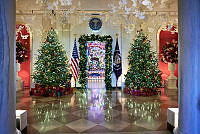
-

-
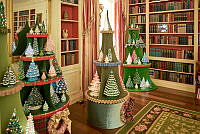
-
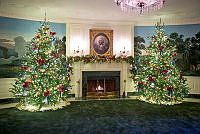
-
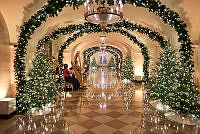
-
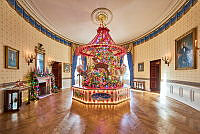
-
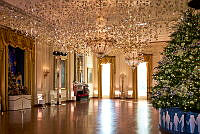
-

-
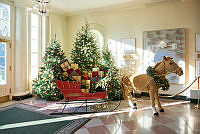
-
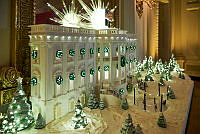
-
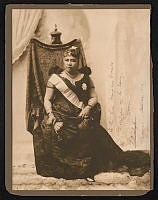
-
